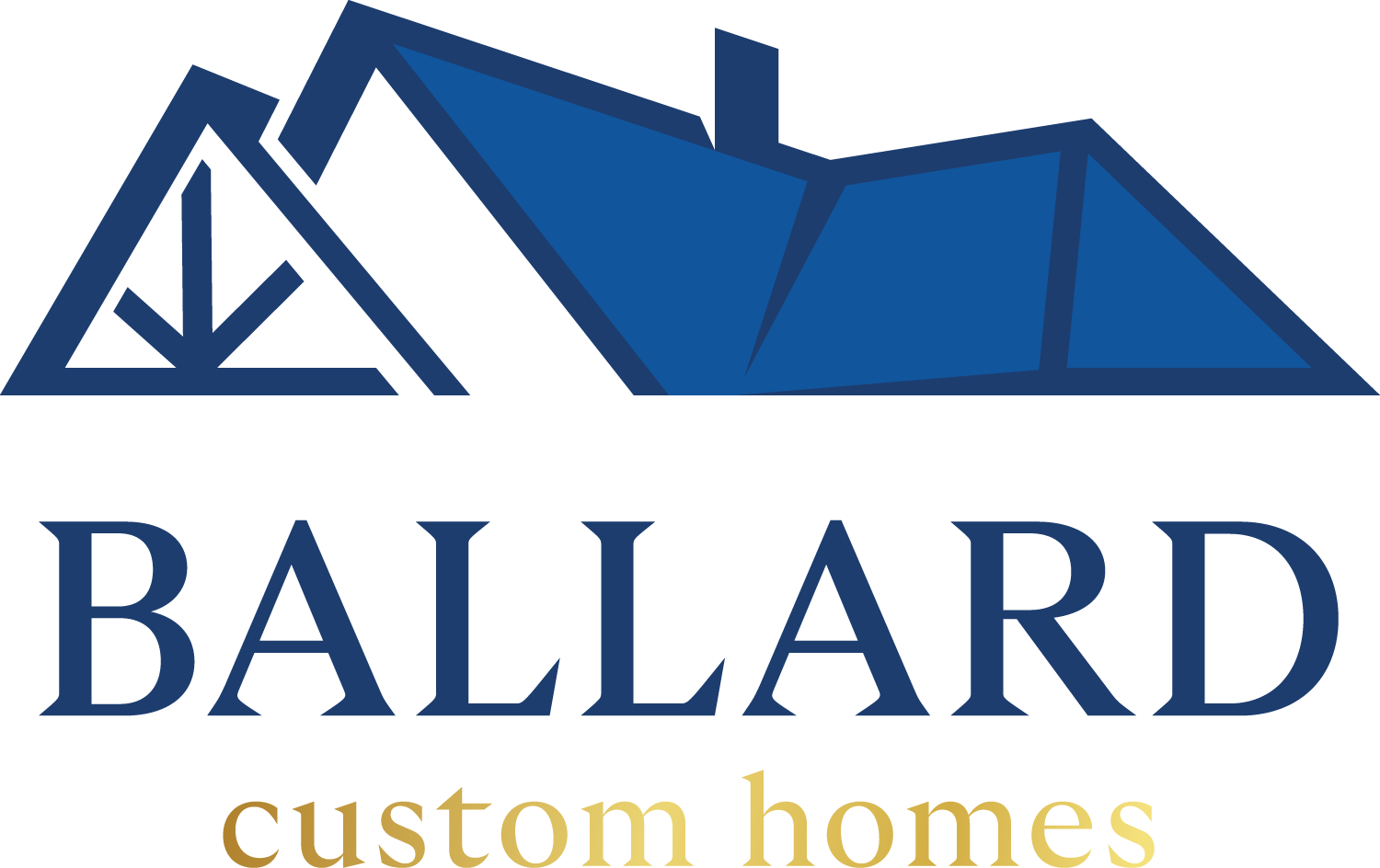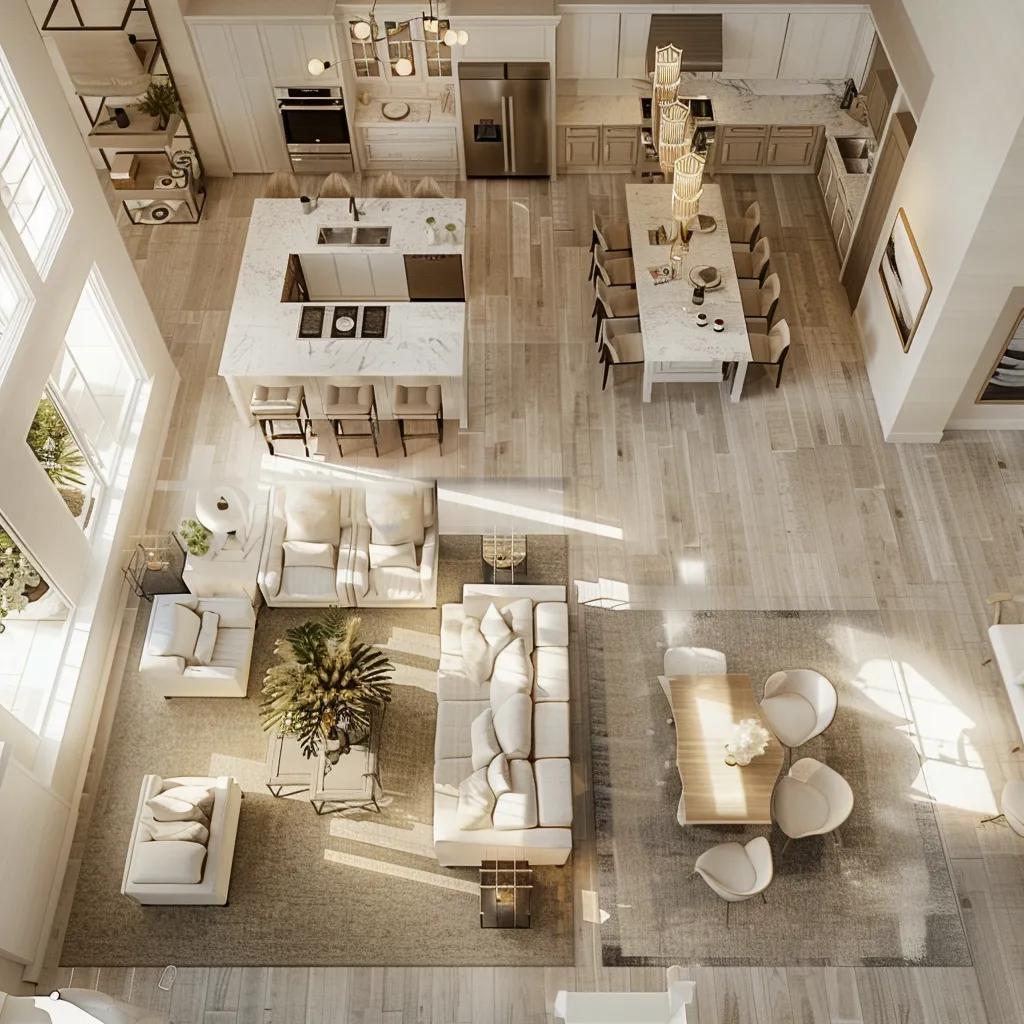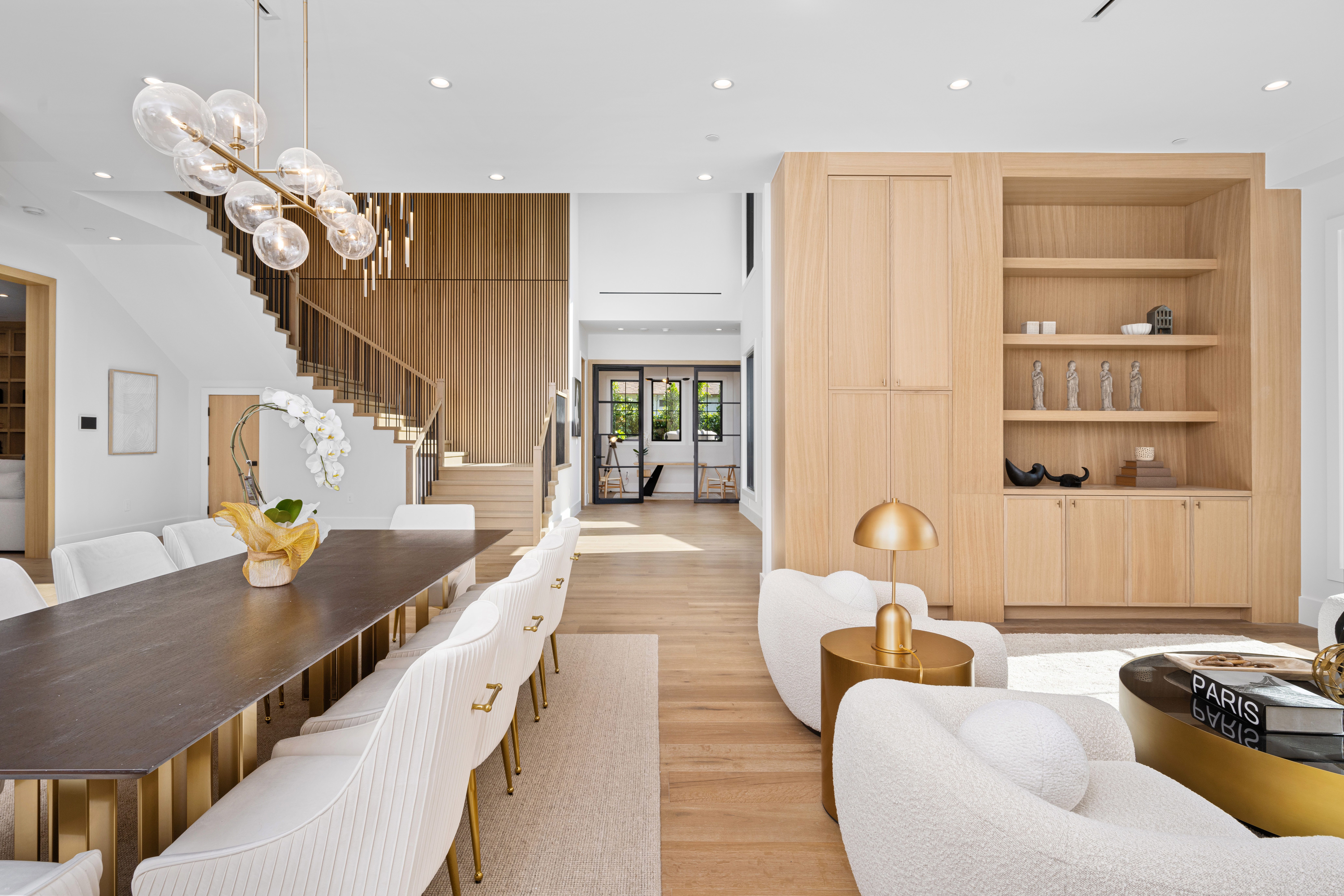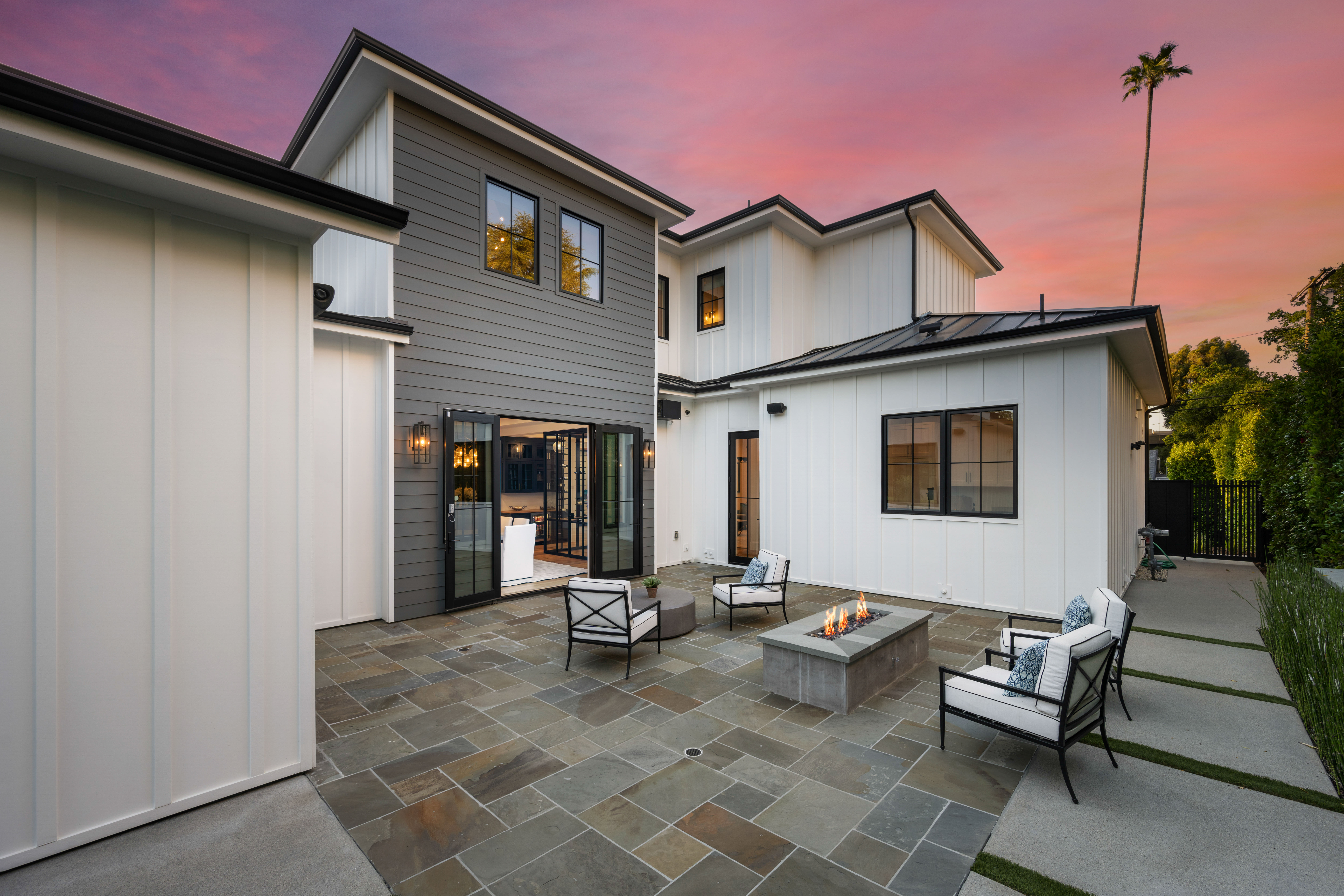How to Create Custom Design Floor Plans That Enhance Your Home’s Value
Custom design floor plans transform a house by aligning spatial layouts with personal lifestyle needs and market dynamics, directly driving increased home appraisal and resale appeal. By tailoring room flow, natural light optimization, and functional zones, homeowners unlock measurable gains in property value and long-term return on investment. In this guide, you’ll discover why personalization elevates value, which core design elements matter most, the latest layout trends, a step-by-step planning process, strategies to optimize existing plans, answers to pressing design questions, ways to integrate smart and sustainable features, and real-world case studies that prove custom plans pay off.
Why Do Custom Design Floor Plans Increase Your Home’s Value?
Custom design floor plans define a home’s layout to meet specific household needs, optimize space utilization, and introduce unique architectural features that appeal to buyers. This tailored approach enhances market desirability, maximizes functional efficiency, and fosters energy-efficient living—each directly contributing to higher property appraisal and faster sales.
At Ballard Custom Homes, we specialize in creating custom floor plans that blend beauty, functionality, and long-term value. Whether you’re envisioning a luxury estate in Windermere or a waterfront retreat in Vero Beach, our team will bring your vision to life. Contact us today to start designing a home that’s uniquely yours—and built to stand out in the market.
How Does Personalization Align Floor Plans with Your Lifestyle?
Custom plans adapt dimensions, room adjacencies, and circulation paths to household routines and preferences. For example, positioning a home office near natural light and away from high-traffic zones creates a dedicated workspace that supports productivity and well-being. Tailored layouts foster emotional connection, translating into greater homeowner satisfaction and stronger resale interest.
What Are the Space Optimization Benefits of Custom Floor Plans?

Custom layouts can reclaim underused areas, convert hallways into storage zones, and merge small rooms for greater continuity. By applying space-saving solutions such as multi-functional furniture niches and reoriented walls, homeowners gain up to 15% more usable square footage without expanding building footprint. Optimized spatial efficiency appeals to modern buyers seeking smart, clutter-free designs.
How Do Custom Floor Plans Improve Resale Value and ROI?
Custom floor plans elevate resale value by incorporating features that command premium pricing, such as flexible room configurations and enhanced traffic flow. Tailored designs often yield faster sale times and price premiums averaging 10–15%.
Custom layouts deliver quantifiable financial returns by aligning with buyer priorities and standing out in competitive markets.
Impact of Custom Floor Plans on Home Value
Custom floor plans can significantly increase property value by incorporating features that buyers prioritize, such as flexible room configurations and improved traffic flow. Tailored designs often lead to faster sale times and price premiums, reflecting the market’s positive response to personalized and functional living spaces.
This citation supports the article’s claims about the financial benefits of custom floor plans.
Why Is Natural Light and Energy Efficiency Important in Floor Plans?
Integrating passive solar design and strategic window placement reduces energy costs and enhances occupant comfort. Homes with optimized daylighting report 20% lower lighting expenses, while properly oriented glazing and insulation strategies can cut heating and cooling bills by up to 30%. Energy-efficient floor plans not only lower utility costs but also attract eco-conscious buyers, supporting higher appraisals.
What Are the Key Elements of a Value-Adding Custom Floor Plan?
A high-value custom floor plan balances seamless circulation, accurate room proportions, effective storage solutions, and privacy zoning to elevate comfort and market attractiveness. These core elements form the blueprint for functional living spaces that command buyer attention and drive appraisal value.
How Does Seamless Flow and Traffic Patterns Enhance Comfort?
Good flow links primary living areas in intuitive sequences, minimizing wasted corridors and ensuring easy navigation. Hallways that transition gently into communal spaces prevent bottlenecks and support accessibility for guests and family members. This connectivity improves daily comfort and positions the home as inviting and user-friendly to prospective buyers.
What Room Sizes and Placements Maximize Functionality?
Optimal room dimensions match intended uses: a master bedroom of at least 14×16 feet, kitchens with a minimum 10-foot work triangle, and living rooms sized for family gathering zones. Strategic zoning groups public areas separately from private retreats, ensuring each room supports its primary function without intrusion, which resonates strongly with home appraisers.
How Can Integrated Storage Solutions Reduce Clutter?
Integrated storage systems conceal everyday items and promote tidy environments. The following list outlines key built-in and creative storage ideas:
- Under-Stair Cabinets repurpose vertical space into functional closets.
- Wall-Recessed Shelves eliminate protruding furniture to expand floor areas.
- Window Seat Drawers combine seating with hidden storage.
- Walk-In Pantry Closets centralize kitchen essentials for streamlined organization.
These solutions optimize space usage while maintaining visual order, preparing the home for a strong market presentation.
Why Are Privacy Zones and Sound Control Crucial in Floor Plans?
Effective privacy zoning separates noisy living areas from quiet sleeping quarters through buffer spaces and sound-blocking design. Utilizing double-layered drywall, acoustic doors, and dedicated hallways preserves tranquility in bedrooms and home offices. Sound-controlled layouts meet buyer expectations for peaceful retreats, reinforcing perceived home value.
What Are the Latest Modern Floor Plan Design Trends That Boost Home Value?
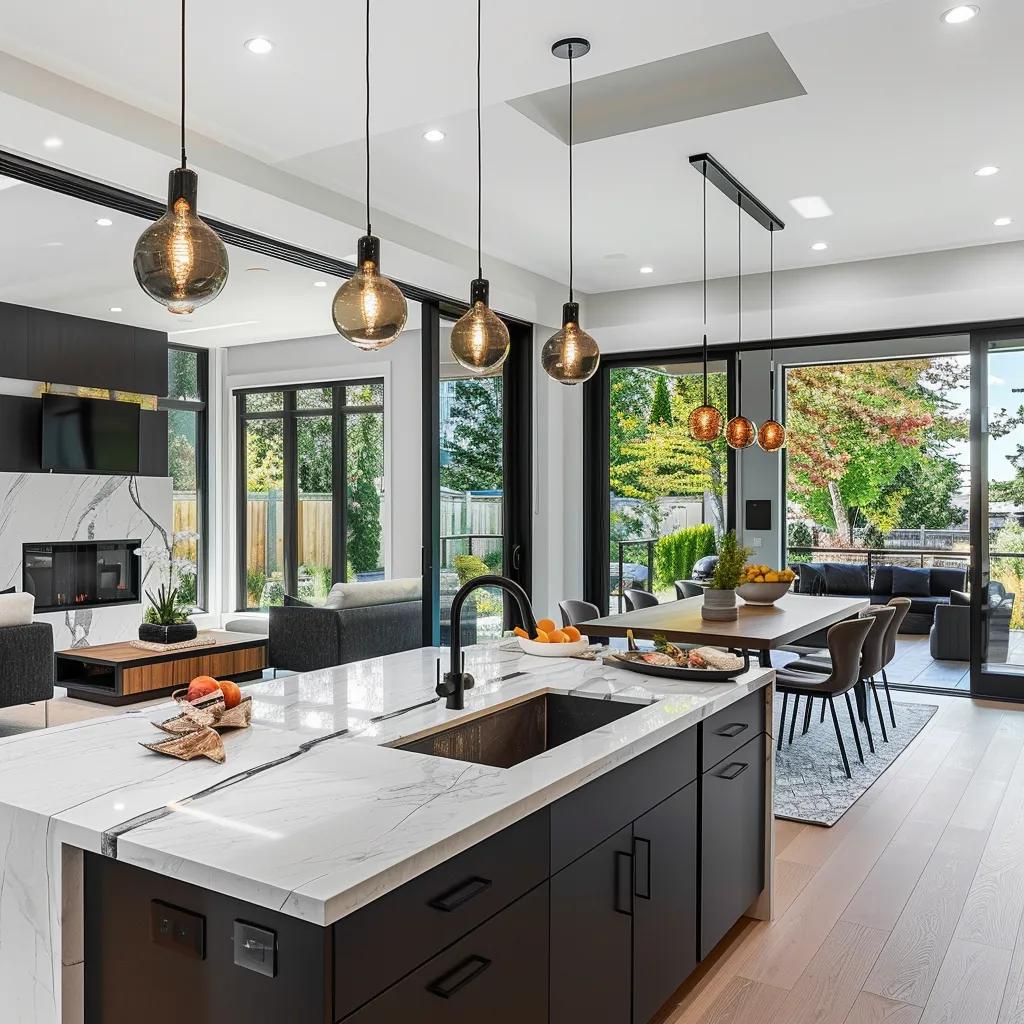
Modern floor plans blend aesthetics, adaptability, and multi-generational living considerations to match evolving buyer preferences. Trends such as open layouts, flex rooms, and specialized zones elevate appeal and support premium valuations in competitive markets.
Why Are Open Concept Layouts So Popular for Resale Value?
Open concept plans eliminate barriers between kitchen, dining, and living areas, promoting sociability and maximizing natural light flow. Buyers report a 15% higher willingness to pay for homes with unified communal spaces, thanks to enhanced sightlines and flexible event hosting capabilities.
Open Concept Layouts and Resale Value
Homes with open concept layouts often command a higher price, with buyers showing a greater willingness to pay more for unified communal spaces. This preference is driven by the enhanced flow and natural light that open layouts provide, making homes more appealing to a wider range of potential buyers.
This research supports the article’s claim that open concept designs are popular and increase resale value.
How Do Multi-Purpose Rooms Add Flexibility to Your Home?
Flex rooms adapt to changing needs—functioning as a guest bedroom, hobby studio, or play area. Installing movable partition walls and built-in Murphy beds transforms a single footprint into multiple living scenarios, increasing a home’s resilient value to diverse buyer segments.
What Dedicated Spaces Should You Include for Work and Entertainment?
Contemporary buyers prioritize distinct zones for productivity and leisure. A sound-insulated home office with built-in shelving, a media room with acoustic panels, and a wired entertainment lounge elevate lifestyle functionality. These specialized spaces signal modern living standards and translate to higher appraisal scores.
How Do Mudrooms and Organized Entryways Enhance Functionality?
A dedicated mudroom with bench seating, shoe racks, and coat hooks prevents clutter in main living areas. Entry foyers equipped with storage cubbies and durable flooring provide a transitional buffer between outdoors and interior spaces, signaling thoughtful design that supports daily routines.
Why Are Multi-Generational Suites Increasing in Demand?
Homes designed with separate suites—including private bathrooms, mini-kitchens, and external entrances—caters to extended family arrangements and aging-in-place needs. Multi-generational layouts broaden a property’s market appeal, offering diverse living options that drive stronger valuation benchmarks.
How Do You Create Your Custom Floor Plan? The Step-by-Step Design Process
Developing a custom floor plan involves selecting the right professional expertise, planning budgets, leveraging design technology, and anticipating future adaptations to ensure lasting value enhancement.
How to Choose Between an Architect and an Interior Designer?
Architects and interior designers each offer distinct value in custom plan creation:
This comparison clarifies which expert aligns best with project complexity and budget.
What Are the Typical Costs and Budget Considerations?
Budget categories for custom floor plan design include:
- Design Fees average $1,300 for basic plans, scaling to $15,000 for full architectural services.
- Permit and Approval Costs typically range from $500 to $3,000 depending on jurisdiction.
- Construction and Implementation often run at 60–70% of total project budget.
Balancing these expenses ensures the final plan delivers value without unexpected overruns.
Which Software and Tools Help in Designing Custom Floor Plans?
Modern design platforms empower homeowners and professionals with intuitive interfaces:
- SketchUp: 3D modeling with real-time rendering
- AutoCAD: Precision drafting for construction documents
- RoomSketcher: User-friendly drag-and-drop floor plans
- Home Designer Suite: Integrated architectural toolkit
Leveraging these tools streamlines collaboration and visualizes spatial configurations before breaking ground.
How to Plan for Future Changes and Renovations in Your Floor Plan?
Future-proofing involves designing modular walls, accessible mechanical chases, and pre-configured plumbing stub-outs. Allowing for easy partition addition, utility rerouting, and room repurposing safeguards long-term adaptability, preserving the plan’s relevance and sustaining property value.
How Can You Maximize Value in Your Existing Floor Plan?
Optimizing an existing layout through targeted renovations, clever storage hacks, and design techniques can boost market appeal without major reconstruction.
What Renovation Ideas Enhance Your Floor Plan’s Market Appeal?
Key renovation strategies include:
- Opening Kitchen Walls to connect with living areas.
- Adding a Bathroom in underused attic or basement space.
- Converting Closets into compact home offices.
- Expanding Doorway Openings for improved flow.
These focused improvements deliver substantial ROI by aligning with buyer expectations for functional layouts.
How Do Clever Storage Hacks Save Space in Small Homes?
Creative solutions reclaim tight spaces:
- Install floating shelves above door frames.
- Use vertical wall panels with hooks for bicycles and sports gear.
- Integrate storage benches along window walls.
These hacks maintain open floor areas while addressing storage demands, enhancing perceived square footage.
How Can Lighting and Color Tricks Expand Your Space Perception?
Bright, cool-tone paints and strategically placed LED accent lights create visual depth and openness. Reflective surfaces like mirrored panels and glass furniture amplify natural light, making compact rooms feel larger and more inviting to potential buyers.
What Are the Common Questions About Custom Floor Plans and Home Value?
What Makes a Good Floor Plan for Increasing Home Value?
A good floor plan prioritizes seamless flow, ample natural light, appropriate room sizes, integrated storage, and flexibility for evolving needs, aligning with modern buyer preferences and boosting appraisal outcomes.
Do Open Floor Plans Really Increase Property Value?
Yes, open floor plans generally increase property value by up to 15% due to improved traffic flow, enhanced daylight distribution, and flexible living spaces that attract a wide range of buyers.
How Much Does It Cost to Get a Custom Floor Plan Designed?
Custom floor plan design costs average $1,300 for basic layouts and can reach up to $15,000 for comprehensive architectural services, depending on project scope and professional expertise.
What Are the Benefits of Hiring a Professional for Custom Floor Plans?
Hiring a professional ensures compliance with building codes, optimized structural integrity, tailored aesthetic coordination, and efficient project management, all of which translate to reduced risk and higher market appraisal.
How Can Smart Design Features and Technology Enhance Your Custom Floor Plan’s Value?
How Does Integrating Smart Home Technology Add Value?
Smart thermostats, automated lighting systems, and remote-controlled security features create an interconnected home ecosystem that appeals to tech-savvy buyers. Real-time energy monitoring and voice-activated controls deliver convenience and efficiency, commanding a premium in resale markets.
What Sustainable Design Elements Improve Energy Efficiency?
Features such as passive solar orientation, high-R-value insulation, low-E glazing, and rainwater harvesting systems reduce utility costs and environmental impact. Sustainable floor plans demonstrate long-term savings and attract eco-conscious buyers.
How Do Multi-Functional Spaces Support Modern Lifestyles?
Rooms equipped with fold-away tables, sliding partitions, and convertible furniture adapt to remote work, fitness, and entertainment needs. This design flexibility ensures the home remains relevant to changing lifestyle patterns and secures broad buyer interest.
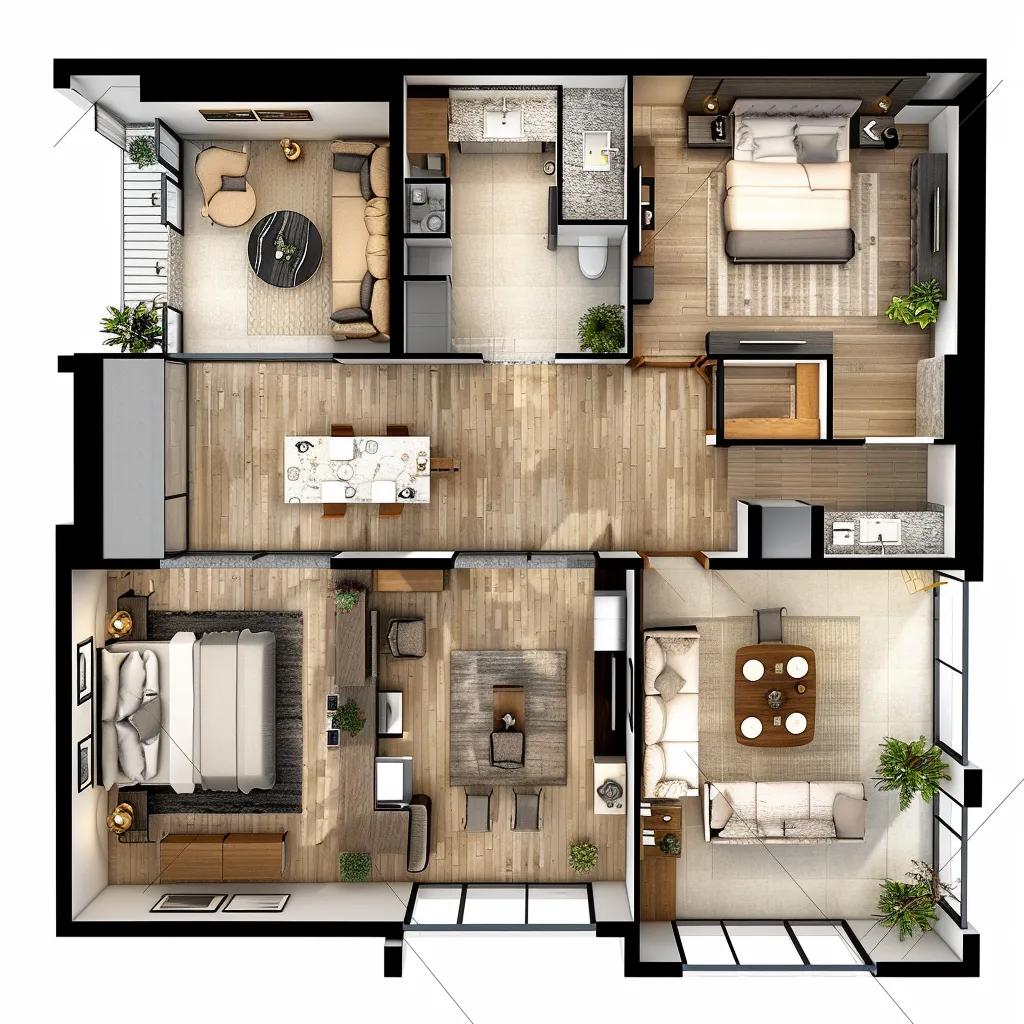
How Do Real-World Examples Show the Impact of Custom Floor Plans on Home Value?
Analyzing before-and-after transformations reveals the tangible value increase achieved through thoughtful custom design.
What Are Successful Floor Plan Transformations That Increased Value?
One study of suburban home remodels showed that converting a segmented kitchen and living room into an open concept layout yielded a 14% sale price increase compared to neighborhood averages. Another example involved adding a dedicated home office suite, resulting in a 9% premium sale.
How Do Architect-Designed Homes Compare in Market Appreciation?
Homes designed by licensed architects appreciate 20% faster on average than those using standard builder plans. The unique architectural features and optimized layouts contribute to stronger buyer interest and higher appraisal multiples.
Architect-Designed Homes and Appreciation
Homes designed by licensed architects tend to appreciate at a faster rate compared to those built using standard builder plans. This accelerated appreciation is attributed to the unique architectural features and optimized layouts that architects incorporate, which contribute to stronger buyer interest and higher appraisal values.
This citation supports the article’s assertion that architect-designed homes have a higher market appreciation.
What Lessons Can Homeowners Learn from Renovation Case Studies?
Homeowners learn that strategic wall removals, efficient storage integration, and multipurpose rooms deliver the greatest impact per renovation dollar. Emphasizing light, flow, and functional adaptability emerges as the most consistent driver of increased home value.
Custom design floor plans offer a strategic path to maximize property value, combining personalization, efficiency, and forward-thinking adaptability. By focusing on core design elements, leveraging modern trends, and partnering with the right professionals, homeowners can create layouts that align with lifestyle needs and buyer expectations. Integrating smart and sustainable features ensures long-term appeal and energy savings, while renovation tactics unlock additional value in existing plans. With careful planning and execution, custom floor plans become powerful investments that pay dividends in market appraisal and homeowner satisfaction.
